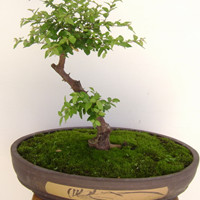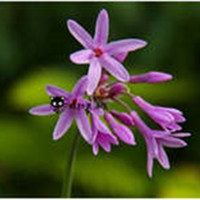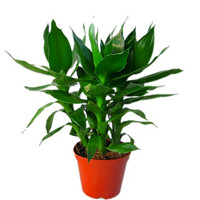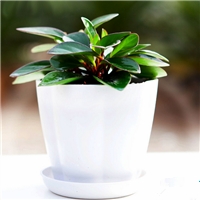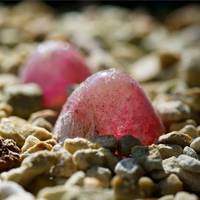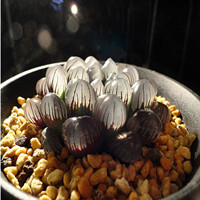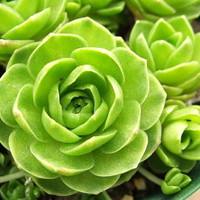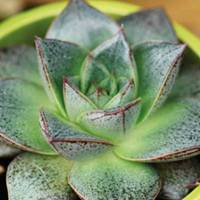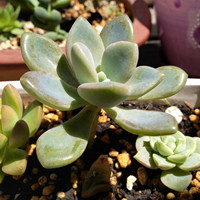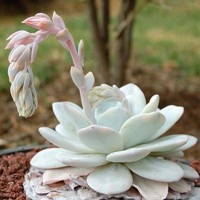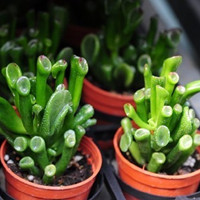Introduction
Tomato plants are popular garden plants that require proper care and attention to yield a healthy crop of ripe tomatoes. One challenge that gardeners face is the prevention of pests and diseases that can damage or even destroy the tomato crop. In this article, we'll explore how tomato plants detect pests and what steps you can take to protect your tomatoes from these harmful invaders.
Visual Detection
One way that tomato plants detect pests is through visual detection. Many insects and other pests leave visible signs on the plants, such as discoloration or holes in the leaves, chewed stems or fruit, or visible pests like aphids. Some pests may also leave behind their waste, which can be seen on the plant. By monitoring the appearance of your tomato plants and checking for any of these signs, you can detect pests before they can cause significant damage to the plants.
Chemical Reactions
Another way that tomato plants detect pests is through chemical reactions. When plants are attacked by pests, they produce chemical compounds that help to deter or repel the pests. These compounds may also attract other predators or helpful insects that can help to control the pest population. Tomato plants have been found to produce a variety of chemicals in response to different types of pests, including volatile compounds that can be released into the air to warn other plants of the danger.
Insect Traps
Some gardeners use insect traps as a means of detecting pests. These traps can be purchased or made at home and are designed to capture insects that are attracted to them. By using a trap, it is possible to identify the type and number of pests that are present in the garden. This information can be used to determine which control methods may be most effective in eliminating the pest population.
Companion Planting
Companion planting is a technique that involves planting different species of plants together that are mutually beneficial. Some plants, such as marigolds, onions, and garlic, have been found to repel certain pests, while other plants, such as basil and parsley, can attract helpful insects that control pest populations. By selecting companion plants and interplanting them with your tomato plants, you can help to deter some pests and attract others that can help to protect your crop.
Conclusion
Tomato plants are susceptible to a variety of pests that can damage or even destroy the crop. By understanding how these pests are detected by the plants, you can take steps to prevent their introduction into your garden and protect your crop. Visual detection, chemical reactions, insect traps, and companion planting are all effective ways to manage pests and keep your tomatoes healthy.

 how many times do yo...
how many times do yo...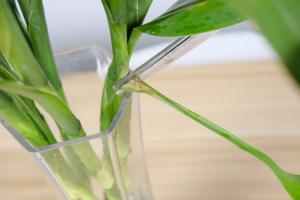 how many planted tre...
how many planted tre...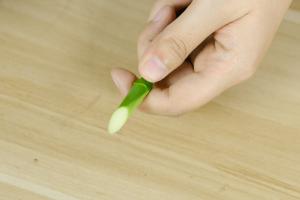 how many pine trees ...
how many pine trees ... how many pecan trees...
how many pecan trees... how many plants comp...
how many plants comp... how many plants can ...
how many plants can ... how many plants and ...
how many plants and ... how many pepper plan...
how many pepper plan...


